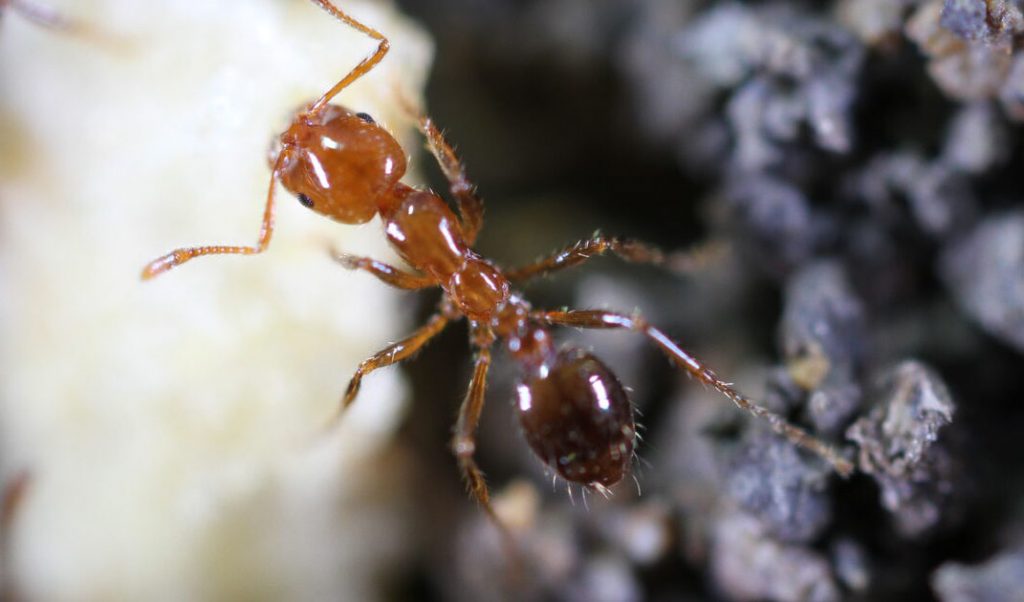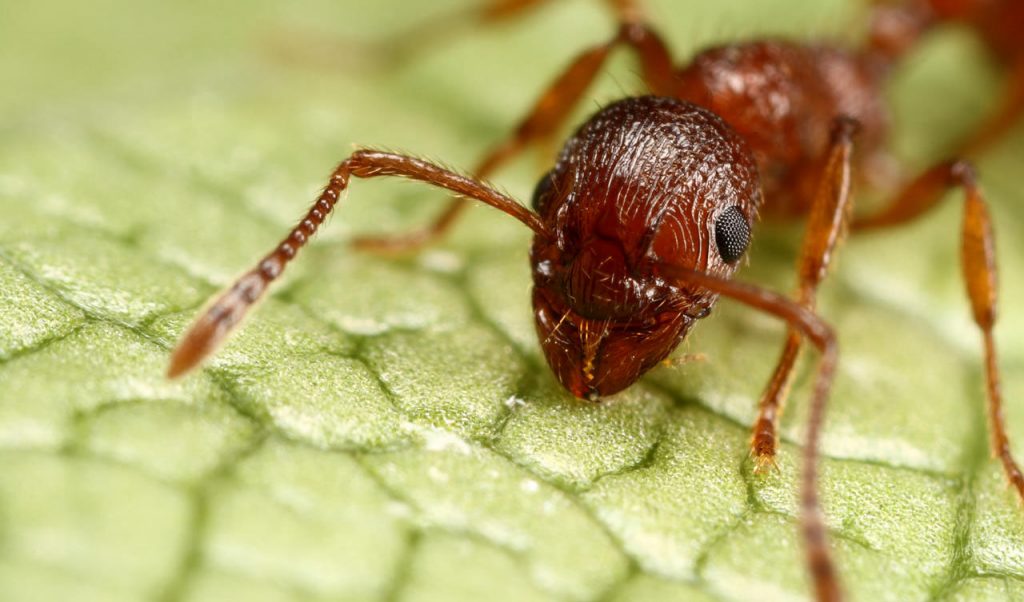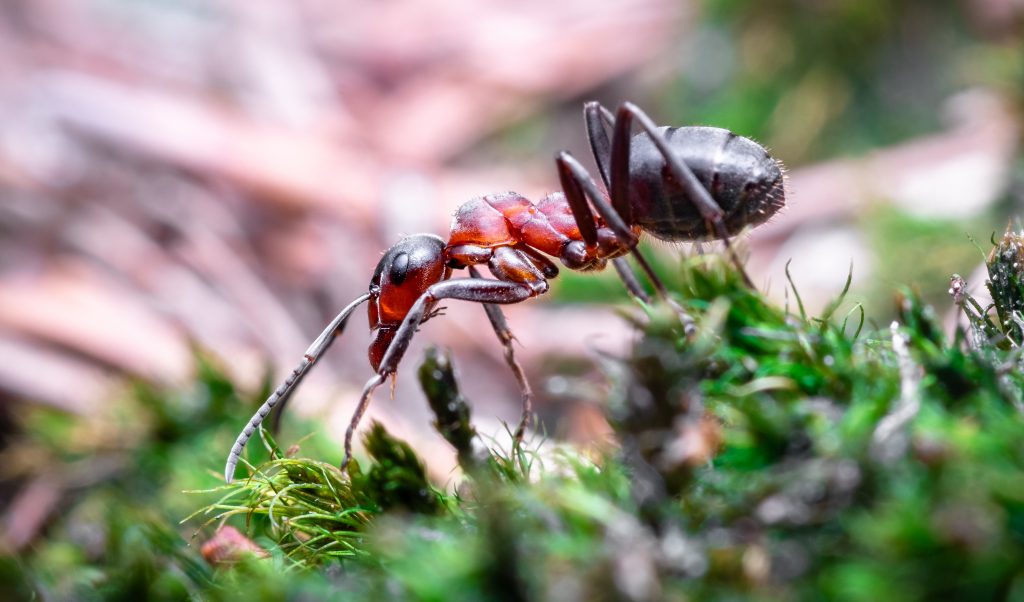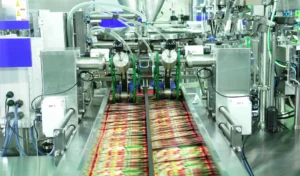Red fire ants’ scientific name Solenopsis invicta means invincible ants in Latin. They are native to the countries of Brazil, Paraguay and Argentina in South America and are now widely distributed around the world. As a destructive and invasive species, they are well known to be difficult to control. Red fire ants have a strong foraging ability and a variety of food. Their food includes a variety of crops, seeds of flowers and weeds, insects, arthropods, invertebrates, vertebrates and carrions.
Red fire ants are estimated to have entered the United States in the late 1930s from the port of Mobile, Alabama. Today, they are found in 13 southern states. Red fire ants are aggressive toward humans and have the ability to repeat stings. In the process of stinging, the ants release toxins. These toxins cause pain and discomfort in most people. For a small number of people who are allergic to the protein in the toxin, a red ant sting poses a risk of shock or death. They not only affect human health and quality of life, but also cause great losses in agricultural production, public facilities and electronic equipment. FDA estimates that red fire ants cause more than $5 billion economic loss in the southern United States each year, including damage to crops and livestock and the cost of livestock medical treatment. Red fire ants are the main cause of traffic lights short circuit in Texas. In addition to many countries in South America and the United States, red fire ant breeding and infestation problems also emerge in Australia, New Zealand, southern China, etc.

Control Methods of Red Fire Ants
At present, the control methods for red fire ants mainly include physical control, biological control and chemical control. Among them, the physical control method is to water their colony with boiling water. Biological control methods mainly use the natural enemies of red fire ants such as parasitic flies, parasitic ants, parasitic wasps and some mites to kill them. As a method to control red fire ants, the disadvantage of biological control is that it is difficult to control the process accurately. At present, the dominated control methods for red fire ants are chemical insecticides. The common chemical ingredients used for the control of red fire ants are bifenthrin, indoxacarb, imidacloprid, fipronil, etc. Next, we will have an introduction of these ingredients.
1. Bifenthrin
Emerged in the 1980s, Bifenthrin is now a pyrethroid insecticide ingredient widely used in many countries in the world. Bifenthrin features the characteristics of broad spectrum, high efficiency and fast reaction. It has strong stomach poisoning and touch poisoning effect on many ant species including red fire ants. Termite control insecticides containing bifenthrin is mainly applied by means of brushing or spraying after water dilution. Bifenthrin preparation with water as the solvent can greatly reduce the environmental pollution pressure of organic solvents. Therefore, bifenthrin is one of the main insecticide ingredients recommended for public health use by the World Health Organization. In the United States, bifenthrin is an unrestricted chemical and is sold in low concentrations for home use.

2. Indoxacarb
Compared with bifenthrin, indoxacarb is a kind of oxadiazine insecticide ingredient. It is a new type of active ingredient of insecticides. And compared with other insecticide ingredients, indoxacarb also has a new mode of action. Insecticides containing indoxacarb do not cause the immediate death of the pests. Indoxacarb can achieve delayed lethal effect by blocking insect nerve cells and blocking sodium ion flow. The flow of sodium ions is essential for the target insect’s nervous system to function properly. The disruption of sodium flow can cause the insect to tremble, lose its appetite, become paralyzed and eventually die. One advantage in indenocarb is that it has a strong attraction to pests. Baits containing indenocarb is easy for insects to find, eat and pass on to other pests. For its broad-spectrum function, high efficiency and low toxicity, indoxacarb is safe for non-target animals such as mammals and livestock in the environment as well as beneficial insects. Therefore, indoxacarb has become a insecticide ingredient recommended by many countries’ governments.
3. Imidacloprid
Imidacloprid is a nicotinic insecticide ingredient with high efficiency, low toxicity and low residue. Imidacloprid has three kinds of action modes: touch poisoning, stomach poisoning and systemic poisoning by absorption. After the pests contact or eat the bait with Imidacloprid, they will die due to the block of their normal conduction of the central nervous system. Better prevention and control effect will appear in the next day after use, and such effect can be maintained for about 25 days. Moreover, the effect of imidacloprid is positively correlated with the temperature level. Therefore, insecticides with Imidacloprid function more effectively in summer when the temperature is higher and the pests are more concentrated.




